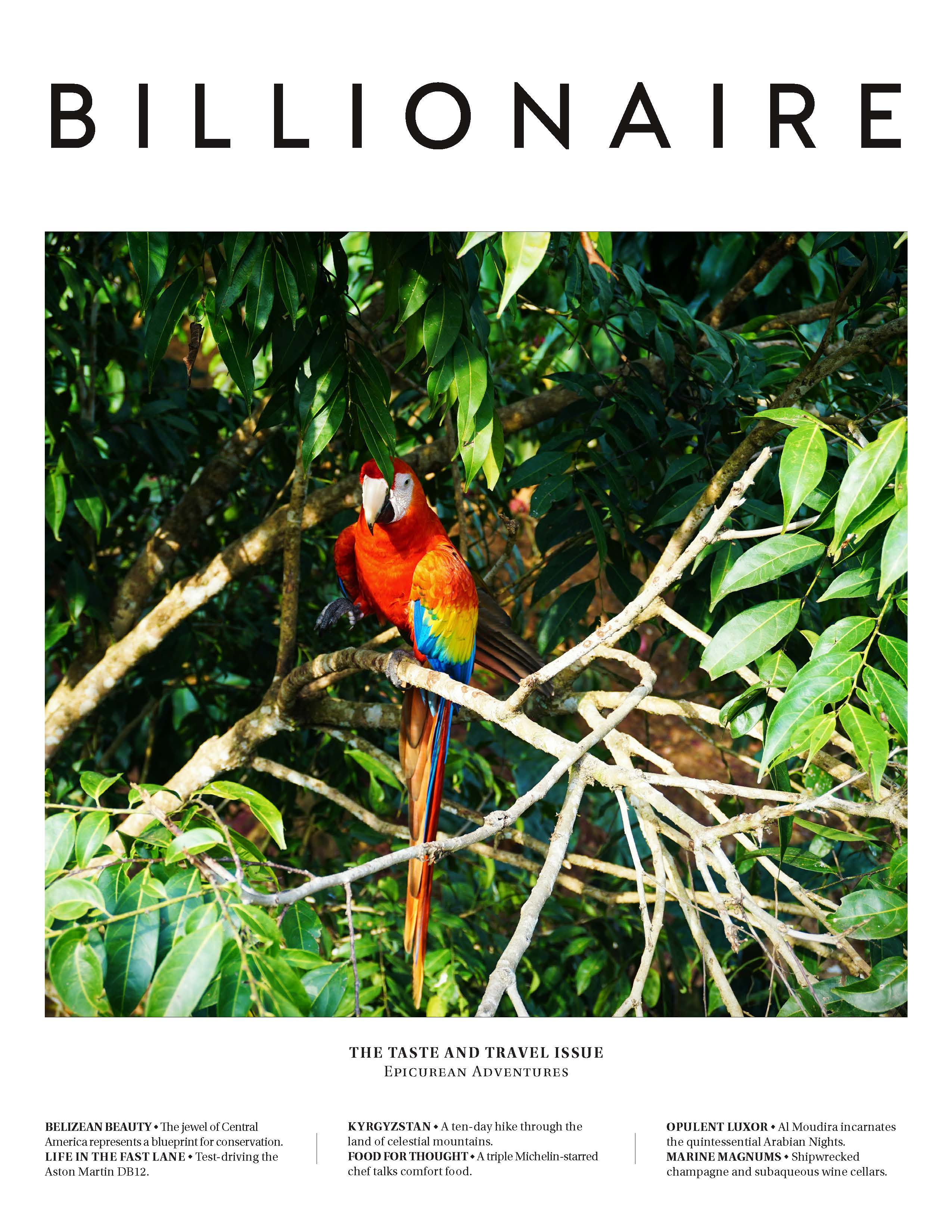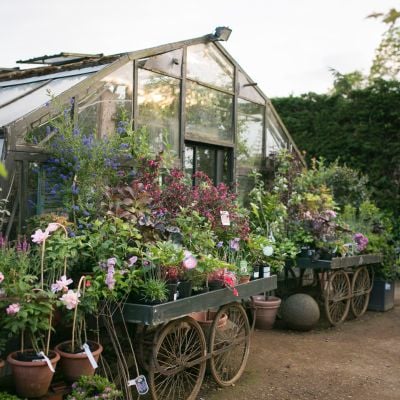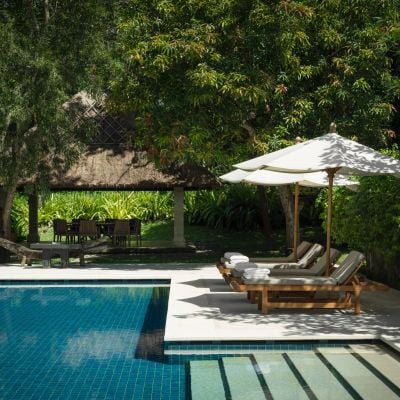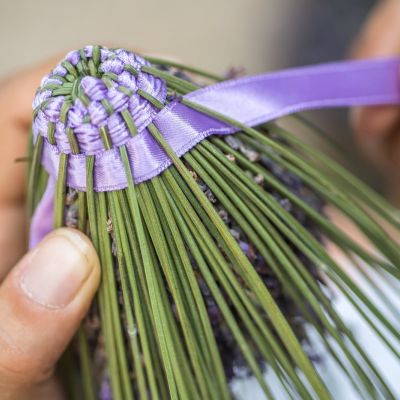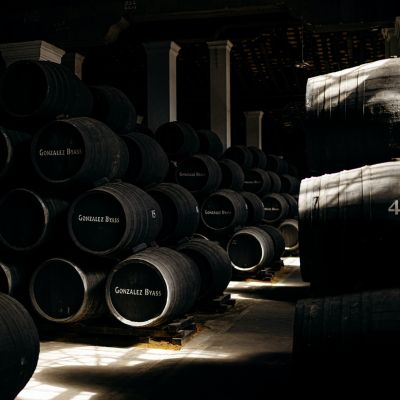The King and the Count
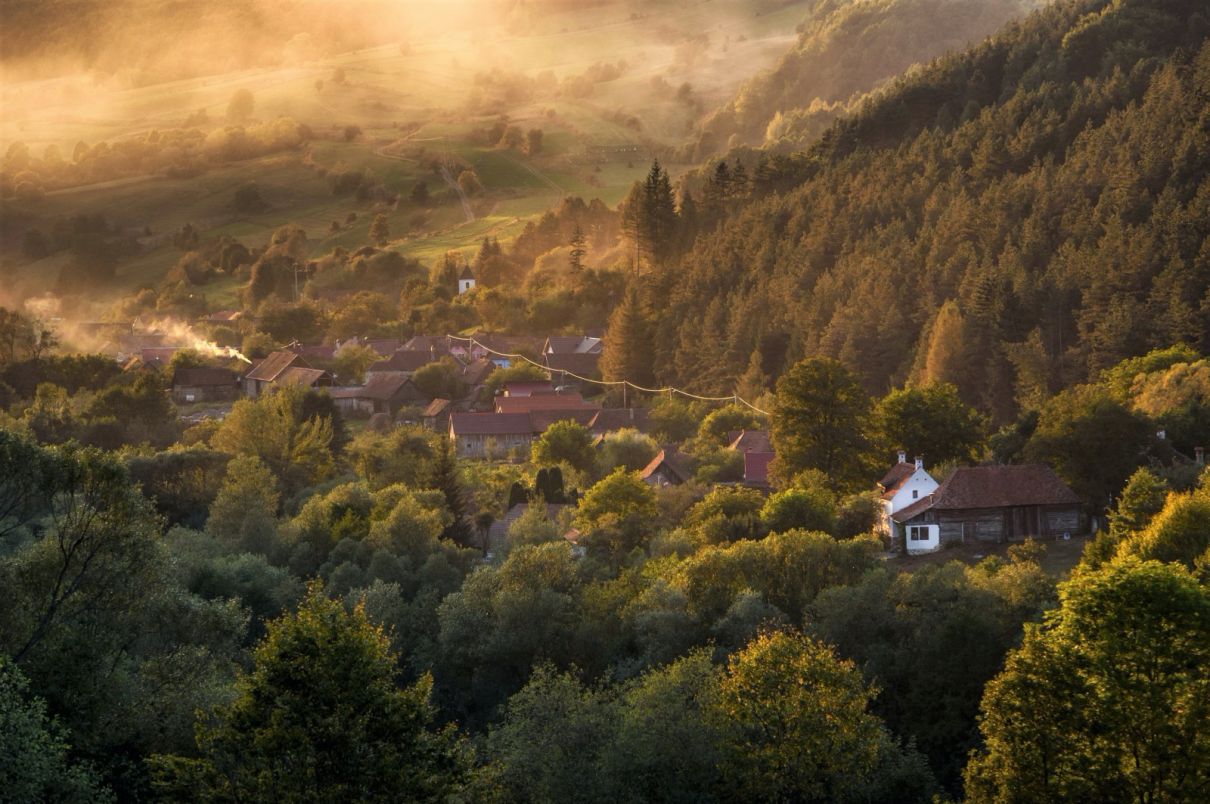
A distant relative of King Charles is intent on preserving Transylvania’s cultural heritage.
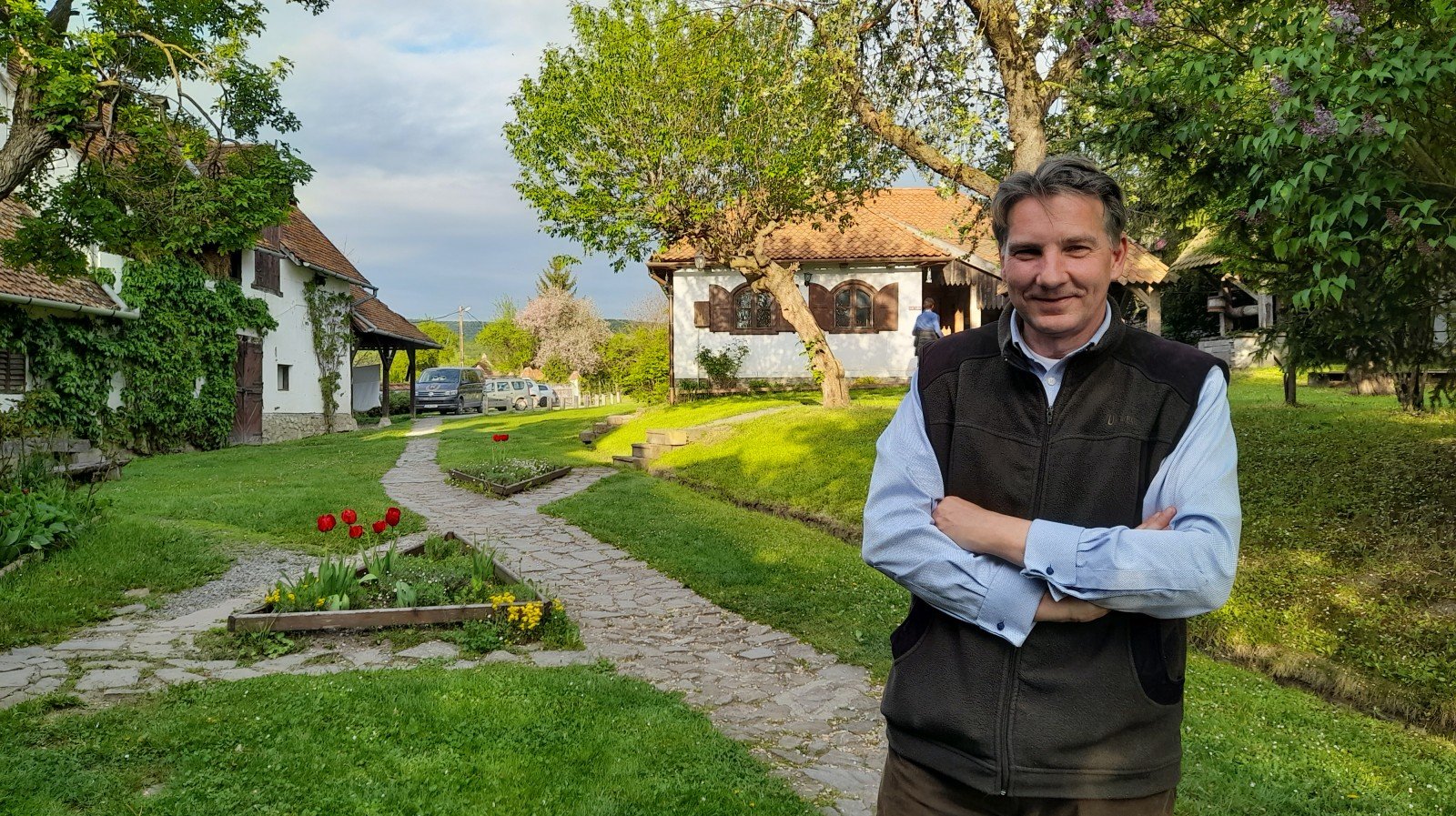
Transylvania has many faces. It conjures up myriad images, some fantastical and dreamy, others harrowing. Its past was nothing less than tumultuous. It’s been through the wars — and what wars they were, particularly during the time of Vlad Tepes, the 15th century warrior and ruler of Wallachia, better known as Vlad the Impaler for skewering his enemies and suspected traitors by the thousands, while defending the region from Ottoman invasion. To Romanians he was a hero. In the world of fiction, he was the inspiration for Bram Stoker’s Dracula.
While the rest of the world has succumbed to the trappings of 21st century lifestyle, Transylvania seems to have been frozen in time, remarkably untarnished by modern civilisation. Altogether enigmatic and beguiling, it straddles myth and reality, divided by political ideologies, torn between tradition and progress. Here, boundaries between religion and superstition blur.
I travel to the depths of Transylvania to catch up with Count Tibor Kalnoky, a modern-day warrior fighting a different battle — that of preserving Szekeler cultural heritage and the restoration and conservation of medieval buildings in his ancestral homeland. As the train chugs past a canvas of densely forested hills and valleys so green, the eastern and southern Carpathians loom in the distance, cradling this ancient land like a dragon guarding a precious gem.
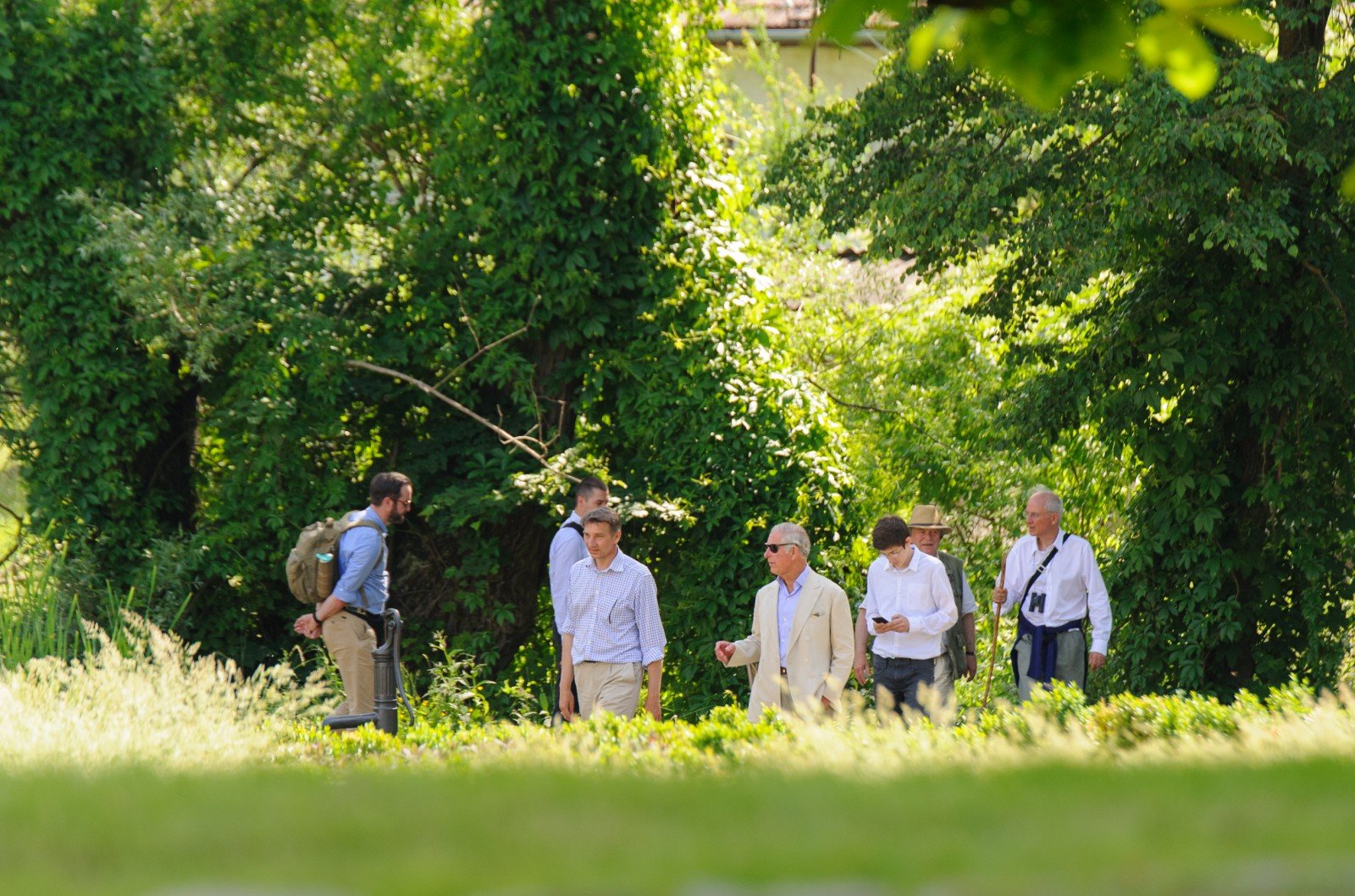
Indeed, villages such as Miklósvár (Micloșoara in Romanian) need protecting. For centuries it has been home to the Székelers, a Hungarian subgroup populating the counties of Mures, Harghita and Covasna. They have their own distinct language, culture and architecture, and are believed to have descended from Attila’s Huns. The Székelers played a major role in defending the eastern border of what then belonged to the Kingdom of Hungary against Ottoman invasion.
When I first visited in 2005, Miklósvár was a small enclave where the rush hour involved herds of cows and sheep heading home from the pastures. Dirt roads cushioned horses’ hooves as they transported weary farmers and their carts filled with fresh harvest. Cars were a rarity, and children walked to and from school, their beaming smiles genuine and heart-warming. They didn’t have much, but they seemed happy and content.
Eighteen years later, I find myself in the same village, which to my relief still retains its original rural charm and character. The main road has been paved, homes seem to be better maintained, and the white church still stands proud at the top of the road. Recession-proof horses and cart are still very much in use, and storks continue to nest on chimneys and electrical poles.
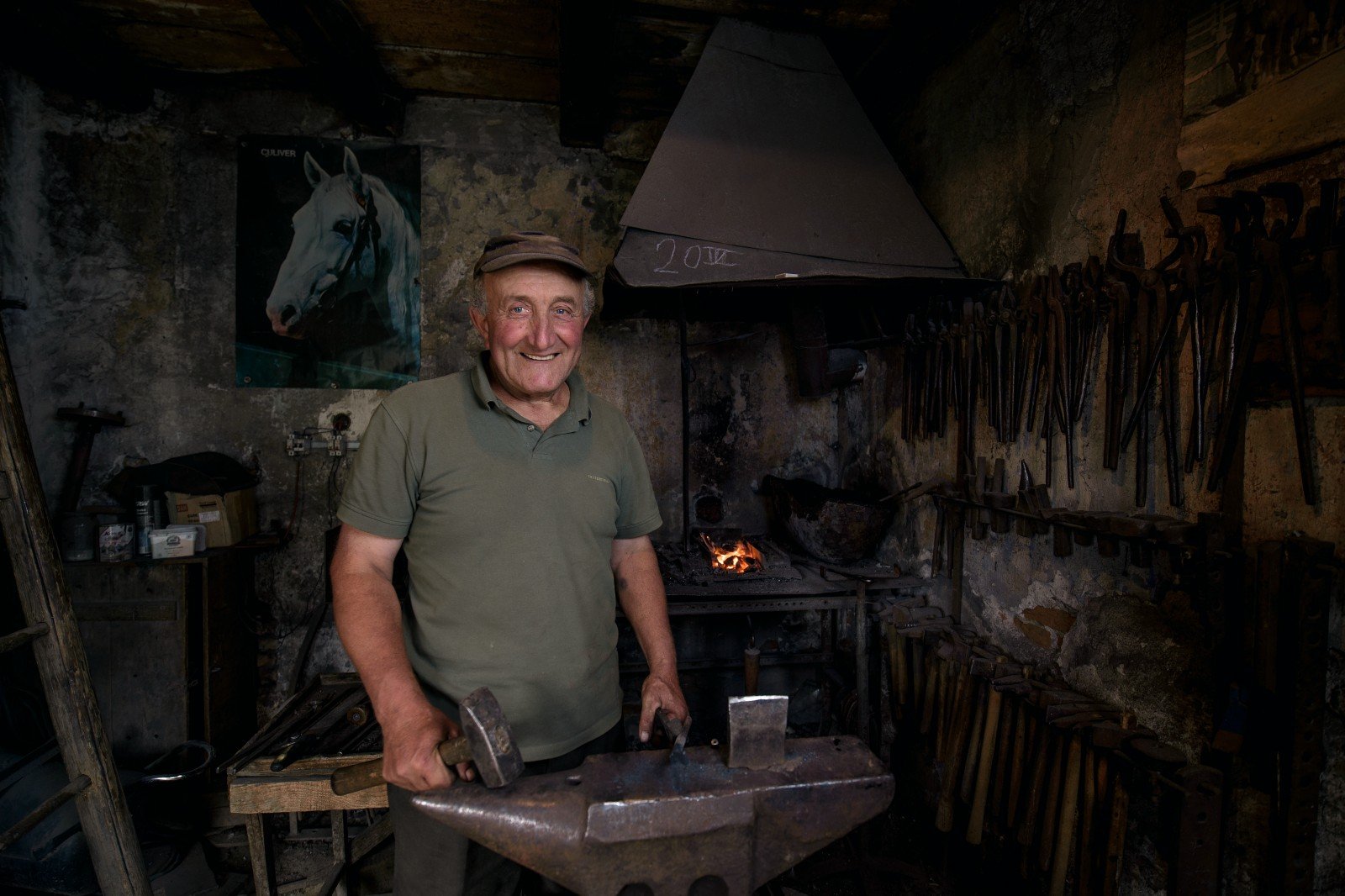
At the heart of Miklósvár’s conservation is Count Tibor Kalnoky, who descended from a long line of Hungarian noblemen with political and military careers spanning 200 years. Miklósvár and vast swathes of land around it belonged to generations of Kalnokys for centuries. In fact, this village turned 800 years old in 2011, making it the oldest in Szekeler land.
The Kalnokys lived in exile during Ceaușescu’s communist rule. Under the harsh regime hundreds of small villages were earmarked for demolition and their denizens resettled in high-rise buildings as part of the dictator’s grandiose “systemisation” scheme. Nothing was sacred, and much of Romania’s historical, cultural and religious landmarks, such as 17th century churches, had been destroyed.
After the 1989 revolution, the Count was able to safely return to his ancestral homeland, but had to fight legal battles to recover portions of land illegally expropriated by the state. In the end, determination and passion prevailed, and he has since been working tirelessly on conservation projects around the estate. This enormous endeavour spanning decades involved carefully restoring derelict houses and historic buildings depicting Transylvanian Szekeler architecture to their former glory using traditional building techniques.
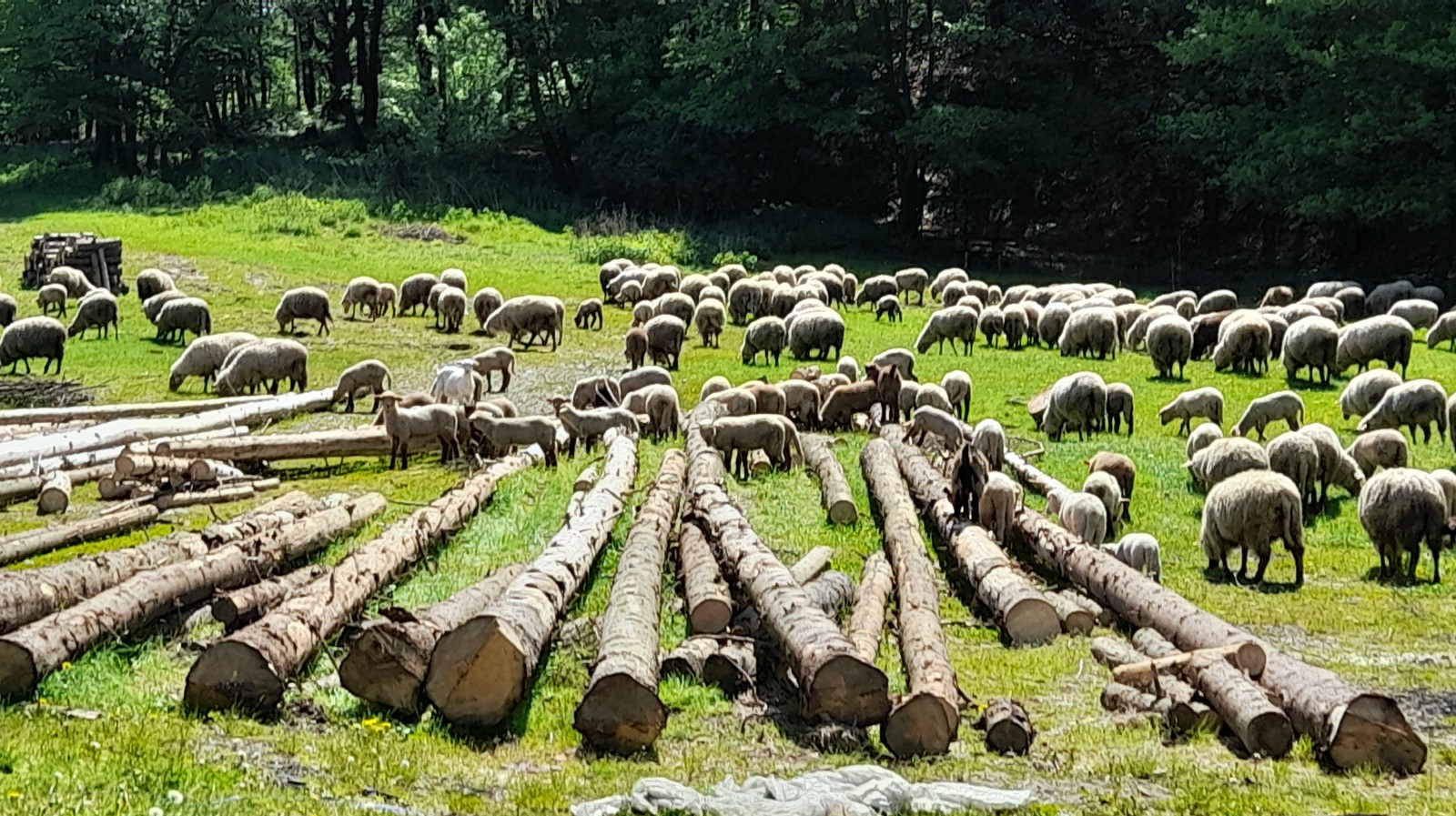
Today, the Count Kalnoky Transylvanian Guesthouses comprise a walled compound with gardens, a main house and the Blue House, while several other cottages are a short walking distance from here. The main dining area in the cavernous wine cellar features massive oak beams, antique stoves and a central fireplace. Wholesome home-cooked dishes served here represent typical Szekeler and Transylvanian cuisine, and the most tender pork I have ever tasted. Next door, a former 500-year-old hunting lodge belonging to the Kalnoky clan has been beautifully restored and is now the Museum of Transylvanian Life, a heritage project spearheaded by the Kalnoky Foundation.
I ask the Count about preserving Transylvania’s cultural heritage for decades to come. “The local population is very much attached to its customs and its land. The trend of less industrial agriculture towards more regenerative and sustainable methods plays in our favour, as this is how we farm already, anyway,” he says. “For our historic buildings we have some funds allocated by the EU and the state — an important factor is tourism, as this can be a driving motor to preserve both built heritage and traditions.” Each guest contributes to the community’s sustainability and conservation initiatives through the Kalnoky Foundation and The Prince of Wales’s Foundation.
King Charles III fell in love with Transylvania when he first visited in 1998, purchasing a property in Viscri. The blue house has since been converted into a training centre for traditional crafts, which meant he needed another sanctuary far more remote. The task of finding an idyllic retreat was left in the able hands of Kalnoky, a distant relative of King Charles, and with whom he shares a lifelong passion for conservation. The Count found the perfect place tucked within a secluded hamlet in Valea Zălanului (Zalanpatak). An hour’s drive from Kalnoky’s guesthouses, the journey traverses small quaint villages and landscapes punctuated by meadows and undulating foothills of the Carpathian Mountains.
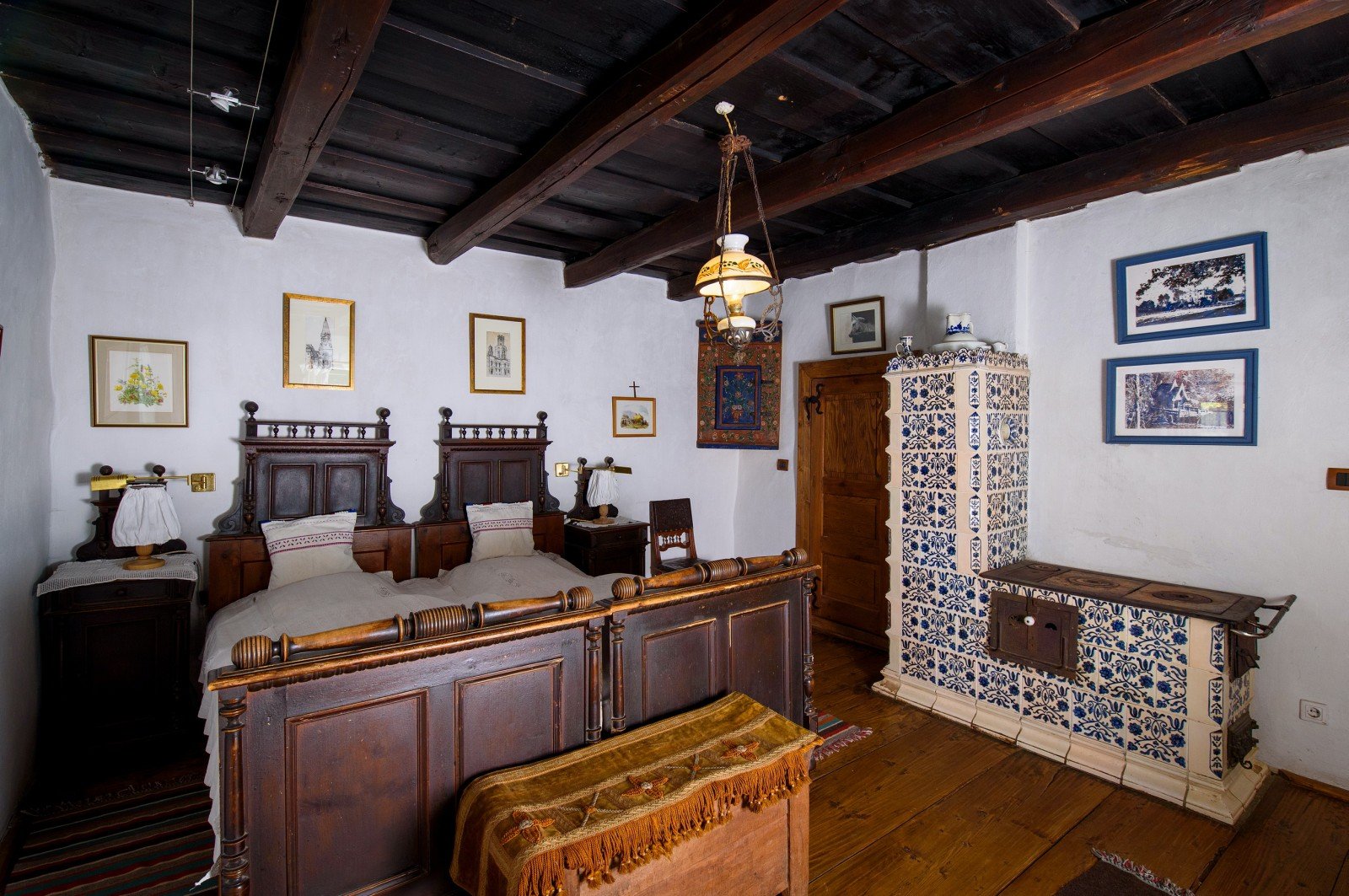
Renovation began in 2009 to restore original features of the cottages in great detail inside and out. Countess Anna Kalnoky made sure every detail — from handcrafted furniture and antique tiled stoves to hand-woven woollen carpets and lace curtains — reflects the distinct character of period Saxon dwellings, while the King added his personal touch with handpicked paintings and prints. Together, the Count and Countess brought to life a haven of tranquillity.
Ensconced within the gated compound and its sprawling garden are seven en-suite double rooms spread across three detached heritage cottages. A fourth blue house in the middle of the estate is where guests dine, read or relax. Deck chairs and hammocks are at the ready for languorous moments, while the great outdoors beckon those who prefer horseback riding or hiking. Finding peaceful seclusion and serenity means disconnecting from the outside world, hence, the absence of TV and radio. I imagine that in winter, taking a horse-drawn sleigh ride against a backdrop of snow-covered hills and mountains creates a magical fairytale setting.
Romania was the first country King Charles visited shortly after his coronation. In his speech, he said: “Romania has retained, in its ancient forests, pristine countryside, and through some remarkable examples of sustainable farming, an incomparable richness of nature. This is still home to many species of flora and fauna that have disappeared, or are threatened elsewhere in Europe and the world, which makes it all the more precious.”
So, what do King Charles III and Count Tibor Kalnoky have in common with Vlad Tepes? The Impaler is said to be their very, very distant relative. Suffice it to say, Transylvanian blood runs deep within their veins. The King and the Count are 21st century eco-warriors fighting to safeguard Romania’s precious future. Vlad Tepes defended this territory and died not knowing that centuries later his notoriety would attract hoards of tourists to his native land.
https://www.transylvaniancastle.com/
https://zalan.transylvaniancastle.com/
This article originally appeared in Billionaire's Taste and Travel Issue. To subscribe click here.

